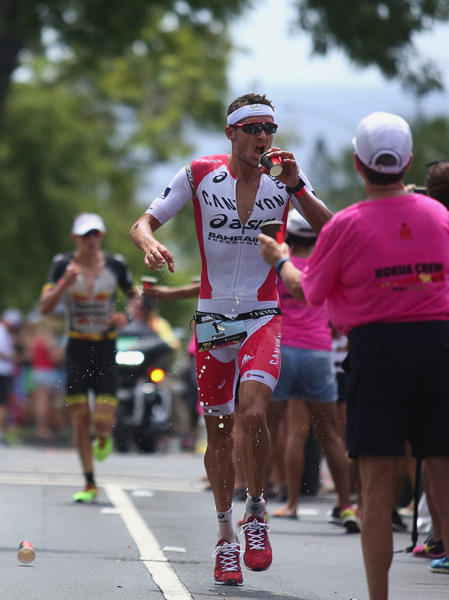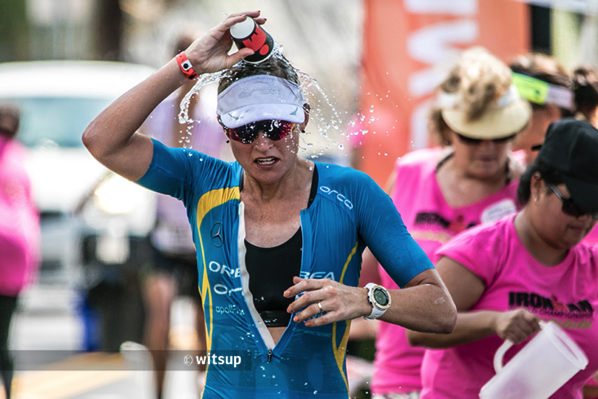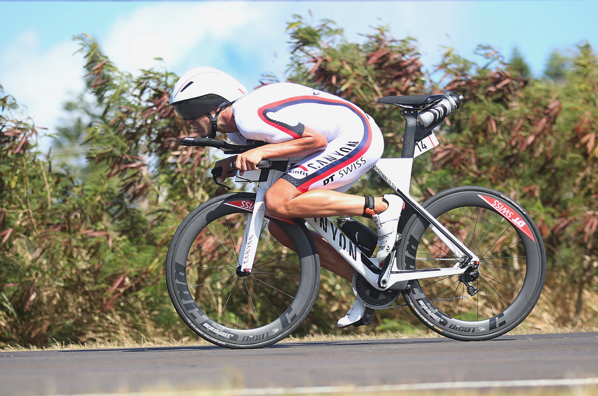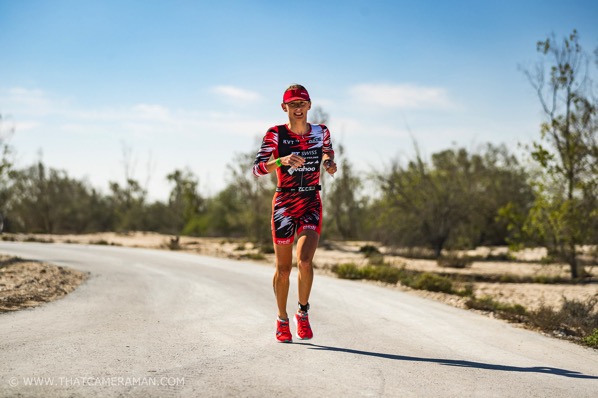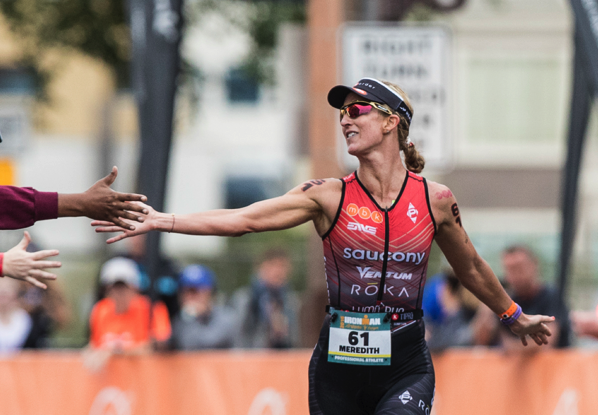Updated Female Top 10 Ratings
The following is an excerpt from my “TriRating Report 2016”. You can find more details about the Report in this post or get your own free copy here. The full Top 10 Ratings (male and female, including for the individual legs) are posted here.
Rating Analysis 2016 – Female TOP 10
Here are the top ranked female athletes at the end of 2016, comparing the ranking and rating to the end of 2015:
| Rank | Name | Nation | Rating | Last Race | # IM Races |
| 1 (1) | Daniela Ryf | SUI | 08:45:06 (-14:23) | IM Hawaii on 2016-10-08 | 8 |
| 2 (3) | Mirinda Carfrae | AUS | 09:02:01 (-6:11) | IM Hawaii on 2016-10-08 | 14 |
| 3 (-) | Kaisa Lehtonen | FIN | 09:13:42 (n/a) | IM Hawaii on 2016-10-08 | 3 |
| 4 (19) | Heather Jackson | USA | 09:14:57 (-9:20) | IM Hawaii on 2016-10-08 | 6 |
| 5 (-) | Melissa Hauschildt | AUS | 09:15:55 (n/a) | IM Western Australia on 2016-12-04 | 4 |
| 6 (9) | Yvonne Van Vlerken | NED | 09:16:20 (-1:11) | IM Arizona on 2016-11-20 | 24 |
| 7 (13) | Anja Beranek | GER | 09:16:56 (-2:22) | IM Hawaii on 2016-10-08 | 8 |
| 8 (12) | Lucy Gossage | GBR | 09:17:08 (-1:14) | IM Hawaii on 2016-10-08 | 14 |
| 9 (15) | Jodie Cunnama | GBR | 09:18:18 (-1:34) | IM Hawaii on 2016-10-08 | 9 |
| 10 (10) | Mary Beth Ellis | USA | 09:19:32 (+1:44) | IM Hawaii on 2016-10-08 | 19 |
 After continuing her domination in 2016, Daniela Ryf has not only defended her first place, but also extended the gap to second place. She now has a rating that is more than 15 minutes better than her closest follower.
After continuing her domination in 2016, Daniela Ryf has not only defended her first place, but also extended the gap to second place. She now has a rating that is more than 15 minutes better than her closest follower.
(Photo: Daniela on the bike in Kona. Credit: Jay Prasuhn)
Mirinda Carfrae is the solid second place in my ranking. Her results this season – a lightning fast finish in Austria and a second place finish in Kona – have been great, but she’s probably frustrated that this year she wasn’t even close to Dani in Kona. I’m sure she and her coach Siri Lindley will have a close look at how to change that for next year.
The athlete in third is my “Rookie of the Year”, Kaisa Lehtonen. She’s raced three great IMs storming into the top ranks. Will she be able to continue to race at this high level in 2017 … or maybe get even faster?
Third place finisher in Kona is my fourth ranked athlete: Heather Jackson. She’s made steady progress this year, improving her rating by almost ten minutes with two great IM finishes in Lake Placid and Kona.
Melissa Hauschildt (#5) is another athlete in this year’s Top 10 that hasn’t been ranked last year. She’s been dealing with an injury for most of last year and was forced to withdraw from Kona. This year she qualified by winning the European Championships in Frankfurt, then DNF’d in Kona with muscular problems, followed by a sub-9 win in Western Australia. Hopefully she can stay healthy, then she’ll be a force to consider in each race she enters.
Even though Yvonne Van Vlerken (#6) gained three places in the rankings, she’s probably not fully satisfied with her season. She’s had some great results with a win at Challenge Wanaka and a third place at Challenge Roth, but her plans were focused on a good result in Kona – unfortunately she DNF’d when she didn’t have enough energy on the run. She quickly rebounded with a second place finish in Arizona, chasing Meredith Kessler for the whole day. She has already announced that she’s going to race Ironman Maastricht in August and Challenge Almere in September. It’s unlikely that she’ll race Kona 2017, my gues is that she’ll work to improve on her record of twelve sub-9 IM-distance finishes.
The next three athletes were just outside the Top 10 at the end of 2015: Anja Beranek (#7) had a great Kona race finishing fourth, proving she is one of the strongest women on the bike. Lucy Goossage (#8) was racing a lot this year, finishing second at IM New Zealand, third at IM South Africa and winning IM UK. Unfortunately, she broke her collarbone in the summer, but recovered just in time for Kona where she was able to race without too much pressure and even improved with a ninth place finish. For 2017 she’ll return to work as a doctor, and while she will continue to race as a Pro and is already targeting IM UK and IM Wales, she does not plan to return to Kona in 2017. Jodie Cunnama (#9) was having a great race at IM South Africa until she crashed when the camera helicopter was getting close. She recovered from a broken elbow with an emotional win at IM Cairns, the Regional Championships for Australia. At Kona she was close to the front for most of the day, but had to walk the last part of the run just to be able to finish. With the way she races, she is a contender for the win in any race she enters.
Mary Beth Ellis (#10) has won two Ironman races in her last season as a Pro at IM Netherlands and Mont Tremblant after suffering from Lyme’s disease in the summer. In her last Kona Pro race, she was in the Top 10 almost until the end, it was only in the last six miles from the Energy Lab to the finish that she dropped back from eighth place to 14th at the end. Now she wants to focus on growing her family, but it would be great to see her stay involved in long-distance triathlon.
A number of athletes have dropped from the Top 10. Rachel Joyce (was #2) and Eva Wutti (was #6) have had children and are likely to return to racing in 2017. Caroline Steffen (was #4) has raced shorter distances, it would be great to see her tackle Ironman racing again. Liz Blatchford (was #5) struggled with injuries and couldn’t race, now she has announced that she’s pregnant. Susie Cheetham (was #7, now #15) DNF’d in Kona, as did Julia Gajer (was #10, now #16), who has only finished IM Texas which was on a shortened course. Both are already working hard to return to Kona 2017 and a good performance there.
